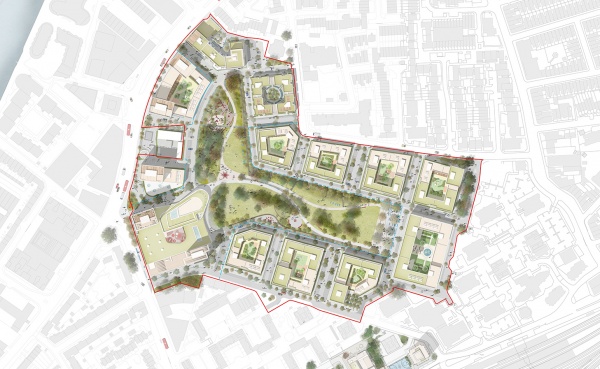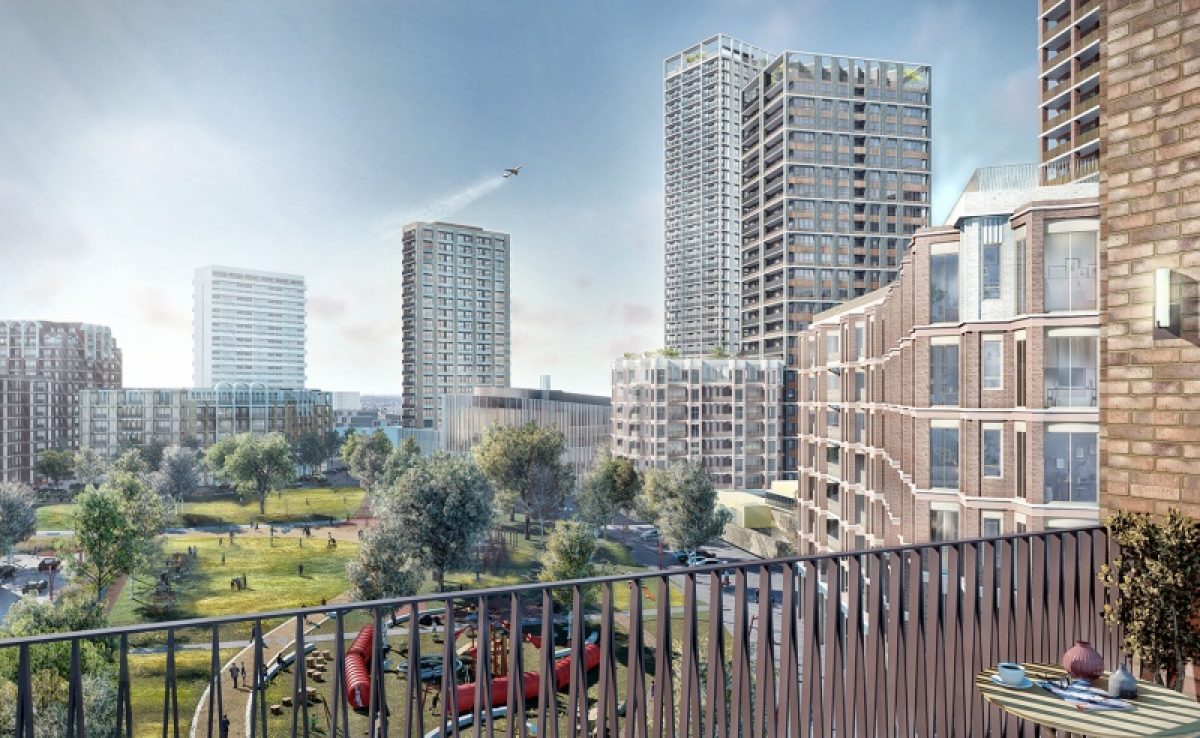BACKGROUND
The Winstanley & York Road development planned to deliver new housing blocks overlooking the park. High rise residential buildings, a range of commercial, leisure and community spaces, a short distance from Clapham Junction Station.
Fundamental to any new residential development is the need for efficient heating and a reliable power supply. Being the UK’s leading technical experts in this area, Shenton Group were approached to help design, supply, install and commission all elements of the required standby generators and CHP unit. Our ability to offer generators and CHP units under one roof allowed the contractor to place one order, opposed to contracting with a number of specialists. This gave them peace of mind that the integration was being overseen by one specialist design team. It also meant that costs could be reduced by combining delivery’s and utilising other economies of scale.


PROJECT OVERVIEW
As with most residential schemes, it was a requirement that the life safety systems such as smoke extract fans, firefighters lifts and sprinkler systems were supported by two independent power sources. In this instance, Shenton Group supplied and installed two suitably sized generators, a 110kVA generator and a 220kVA generator, in separate areas of the development in dedicated plant rooms. Due to the generators being installed internally, we had to also design, supply and install the necessary ductwork and louvres to enable sufficient cooling air into the plant rooms to take away the hot air from the generators.
As with many high-rise properties, it was also necessary to disperse the generator exhaust fumes at high level. This resulted in Shenton Group installing over 120 metres of twin wall exhaust flue, reaching up to 72 metres vertically at the highest point. As the generators were located in a plant room, it would not be easy to get a fuel tanker close by to replenish the fuel stocks when running low. To overcome this situation, we installed a remote fuel fill point cabinet easily accessible by road, complete with fuel pipework connecting into each generator base tank. Both generators can run for 12 hours at 100% load in the event of a mains failure will staying at a noise level of below 70 dB(A) @ 7 meters.



CHP was the ideal choice for this development to assist with the buildings hot water demand. Acting as the lead boiler, Shenton Group installed a Micro T50 (50kWe) CHP and a Micro T30 CHP (30kWe) that run parallel with the incoming mains supply. To ensure there was no vibration breakout from the CHP units, Shenton Group installed them on a set of anti-vibration pads and also supplied a flexible connection package for the flow and return water connections, gas connection and exhaust connection.
To enable the CHPs to synchronise with the mains, we supplied the G99 protection relay within the CHP units and administrated the G99 application process and carried out the witness testing. The complete installation was overseen by a Shenton Group project manager who also ensured that the system was correctly commissioned and all alarms working as required.
OUTCOME
Generating heat and electricity via CHP is more efficient than generating hot water via a boiler and harnessing electricity from the grid. The client and development now benefits from reductions in carbon emissions and reduced energy bills. For added resilience, the developments life safety systems are backed up by 2 generators that will spring into action in the event of an emergency.
The solution is now supported by one of Shenton Group’s maintenance and monitoring contracts giving the client confidence that help is always on hand should an issue arise.

